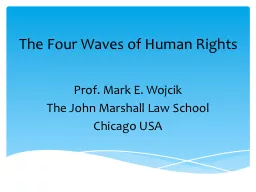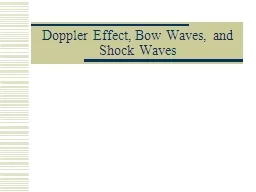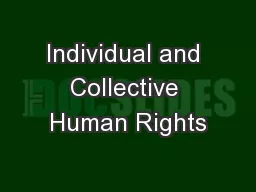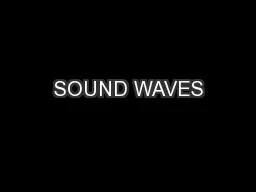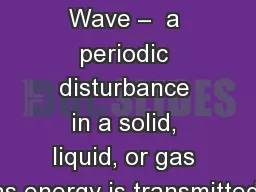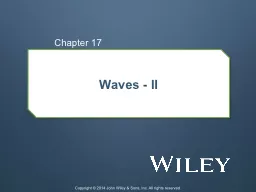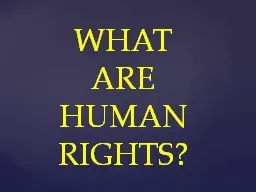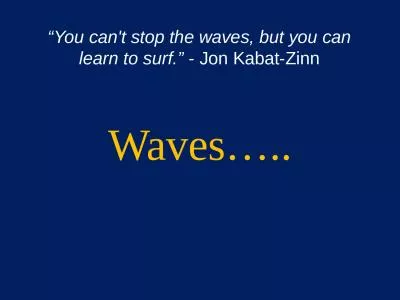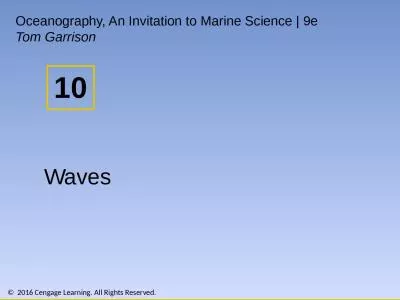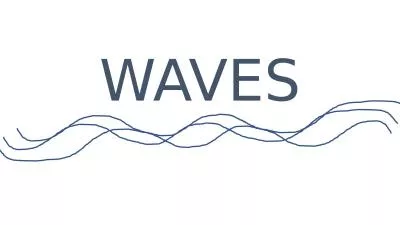PPT-The Four Waves of Human Rights
Author : debby-jeon | Published Date : 2016-07-05
Prof Mark E Wojcik The John Marshall Law School Chicago USA The Four Waves of Human Rights 2 Recognition 1 3 How are human rights recognized Where do they come
Presentation Embed Code
Download Presentation
Download Presentation The PPT/PDF document "The Four Waves of Human Rights" is the property of its rightful owner. Permission is granted to download and print the materials on this website for personal, non-commercial use only, and to display it on your personal computer provided you do not modify the materials and that you retain all copyright notices contained in the materials. By downloading content from our website, you accept the terms of this agreement.
The Four Waves of Human Rights: Transcript
Prof Mark E Wojcik The John Marshall Law School Chicago USA The Four Waves of Human Rights 2 Recognition 1 3 How are human rights recognized Where do they come from Who if anyone grants human rights. 13 12776 Human Rights Council Twenty third session Agenda item 3 Promotion and protection of all human rights civil political economic social and cultural rights including the r ight to development Report of the Doppler Effect. ~apparent change in frequency of a wave due to the motion of the source of the wave.. If the object is moving towards the observer the frequency will appear to increase. If the object is moving away from the observer the frequency will appear to decrease. Trial Lecture, NCHR October 13 2015. Odin Lysaker. , PhD in Philosophy. Associate Professor, University of Agder. odin.lysaker@uia.no. 2. The Assignment. “Individual v. collective human rights: Implications for philosophy and its quest for grounding human rights norms. waves_04. 1. flute. clarinet. click for sounds. waves_04: MINDMAP SUMMARY - SOUND WAVES. 2. Sound waves, ultrasound, compressional (longitudinal) waves, pressure, particle displacement, medical imaging, superposition principle, stadning waves in air columns, constructive interference, destructive interference, boundary conditions, pipe – open and closed ends, nodes, antinodes, speed of sound in air, period, frequency, wavelength, propagation constant (wave number), angular frequency, normal modes of vibrations, natural frequencies of vibration, fundamental, harmonics, overtones, harmonic series, frequency spectrum, radian, phase, sinusoidal functions, wind musical instruments, beats, beat frequency, Doppler Effect, Doppler radar, shock waves. Waves transfer energy!. A wave does not carry matter . It only moves matter as it travels through it.. Waves. Compression (longitudinal) waves . are waves in which the particles of the medium move in a direction . 17-. 1. . Speed of Sound. 17.01. Distinguish between a longitudinal wave and a transverse wave.. 17.02. Explain wavefronts and rays.. 17.03. Apply the relationship between the speed of sound through a material, the material’s bulk modulus, and the material’s density.. La gamme de thé MORPHEE vise toute générations recherchant le sommeil paisible tant désiré et non procuré par tout types de médicaments. Essentiellement composé de feuille de morphine, ce thé vous assurera d’un rétablissement digne d’un voyage sur . GOVERNMENTS?. PARENTS?. THE UNITED NATIONS?. RELIGIONS?. ALL OF THESE?. UNIVERSAL . DECLARATION . OF HUMAN RIGHTS. was proclaimed by the United Nations General Assembly . 10 December 1948. Which countries are members of the United Nations???. 2022-2023 Season. Russ Burleson. geaux15@hotmail.com. . 1. Agenda. Binder Check/Homework review. Mechanical Wave overview. Transverse Waves. Surface Waves. Longitudinal Waves (general). Sound Waves (Longitudinal). - Jon . Kabat. -Zinn. Waves are moving . energy. !. Most waves wind-driven. Moving energy along ocean/air interface:. Wind main disturbing force. Boundary between and within fluids with different densities. Energy is moving, not water. orbital motion. energy is transferred via circular motions. water (and gull) return to original position. the wave form moves forward. Motion decreases with depth. At. a depth of ½ of the wavelength, the motion is not significant.. water. waves.... 4/5/2019. Physics 214 Fall 2010. 2. 1S-13 Slinky on Stand. Creating longitudinal compression waves in a slinky. What happens when you pull back and release one end of the slinky . ? . Earthquakes-Tsunamis. Graviational. attraction-Tides. Wind waves move energy, not matter. Wind waves- Growth. Wind strength- must be moving faster than waves. Wind duration-longer creates larger waves. Four Types. Which will you be? . Take a minute to answer this question. What is anxiety? What words do you use to describe anxiety?. Fear VS Anxiety . Fear – . an unpleasant emotion . caused by the belief that someone or something is dangerous, likely to cause pain, or a threat..
Download Document
Here is the link to download the presentation.
"The Four Waves of Human Rights"The content belongs to its owner. You may download and print it for personal use, without modification, and keep all copyright notices. By downloading, you agree to these terms.
Related Documents

